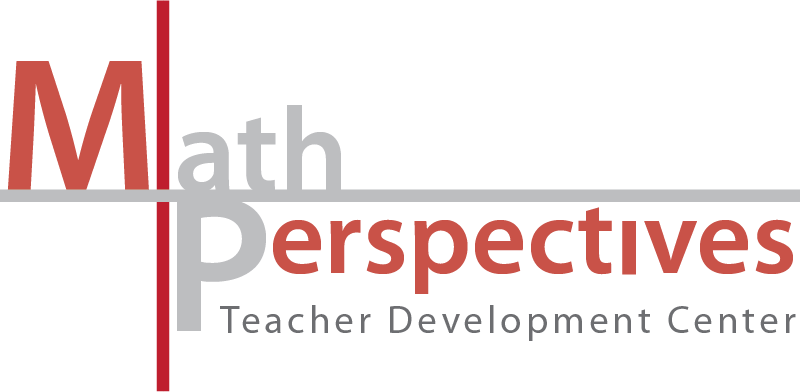by Kathy Richardson
Those of us working to improve the mathematics education of elementary students have seen many positive changes in the teaching and learning of mathematics. More and more teachers are excited about teaching mathematics and eager to give their student’s meaningful experiences. Teachers no longer view being “good at math” as high scores on timed tests or accuracy when following procedures. Teachers recognize that students who are good at math have number sense and can use what they know to solve problems. These students are confident and able to work flexibly with numbers. They search to make sense of whatever mathematics they are asked to do and can transfer what they know to new situations. They are persistent when working with mathematics that challenges them. They look for connections and can clearly communicate their thinking.
Yet there is much evidence that too many children are not making sense of mathematics. For them, mathematics is a maze of confusing rules and procedures, an obstacle course that must be completed in order to move forward in school. Teachers estimate that only about 1/5th of their students are good at math; 2/5th can do the math they are assigned but without much insight or understanding and at least 2/5th of their students are overwhelmed and struggling. Middle school teachers paint a bleak picture as they describe the lack of preparation their students have when they enter their classrooms. Throughout the country, test scores begin to slump in 4th grade and take a deep dive in middle school.
What is going wrong? Some have suggested that children have not been given enough practice with basic skills. Some say the standards at each grade level have not been high enough to prepare young students for what they will be required to do as they move through school. My own research has led me to a different conclusion. I have found that in spite of many improvements in the teaching of mathematics, children are still evaluated on their ability to get right answers rather than on the level of mathematical thinking they have achieved. There is an assumption that children know what they need to know if they can get right answers. However, learning to get right answers is not enough if the procedures children learn are, for them, empty of mathematics.
When teachers look only for right or wrong answers to determine the level of a student’s achievement, that which is actually learned (or not learned) remains invisible. Teachers then base their instructional decisions on “illusions of learning” rather than on meaningful information about what children really know and understand. Thus, many children do not learn the underlying mathematics and are left with dead end skills rather than the foundational mathematics they need for future success.
What are dead end skills? Dead end skills are those skills that allow a child to get right answers on particular problems, but which do not help them transfer what they know to other related situations. For example, many young students can tell the answer to 10 + 6 instantly but do not know how many leftovers there would be if they made a ten train from 16 Unifix cubes. Some students know 3 x 4 is 12 but see no relationship to 12 divided by 4 or 30 x 40. Children have dead end skills when they solve the problem 14 x 3 correctly and then, when presented with the problem 114 x 3, solve it as though it were a totally new problem.
My extensive research over the past 30 years with students from preschool through 5th grade from many diverse communities has allowed me to identify the foundational ideas that children need to understand if they are to know more than dead end skills. These are those ideas that children must understand if they are to be able to think and reason with numbers and build on this knowledge when confronting more complex concepts. I call these important stages of thinking Critical Learning Phases and have developed a series of 9 assessments, Assessing Math Concepts, that identify which Critical Learning Phases are in place and which are not. Since the assessments identify Critical Learning Phases that all children move through as they learn to understand number concepts, they provide important information to all teachers, no matter what math program they are using.
When teachers use these assessments with children, there is a consistent response from them regardless of what part of the country they teach in or what the level of their student’s academic achievement. Teachers react by saying, “I thought my children already knew this.” The evidence that challenges their assumptions and uncovers the illusions of learning is there for them to see for themselves.
Educators from around the country who attended the Assessing Math Concepts Institutes learned to identify the levels of understanding children must have if they are to gain a strong foundation in mathematics. They practiced using the assessments first through the use of video and then had opportunities to assess children themselves. Working with the children convinced them that, “These children have the same responses as seen on the videos.” They saw that the Critical Learning Phases are predictable and they learned that children don’t know what we too often assumed they knew. These educators returned home to find the same is true for their own students in their own schools.
If we are going to raise achievement in mathematics in ways that allow children to build on what they know and thus maintain high levels of achievement throughout their schooling, teachers must focus on the mathematics they want children to learn and not just on whether they are able to get right answers. Once teachers have identified what children really know and what they need to learn, they will be able to provide appropriate instruction that will give children a solid foundation on which to build, ensuring success for all students.
